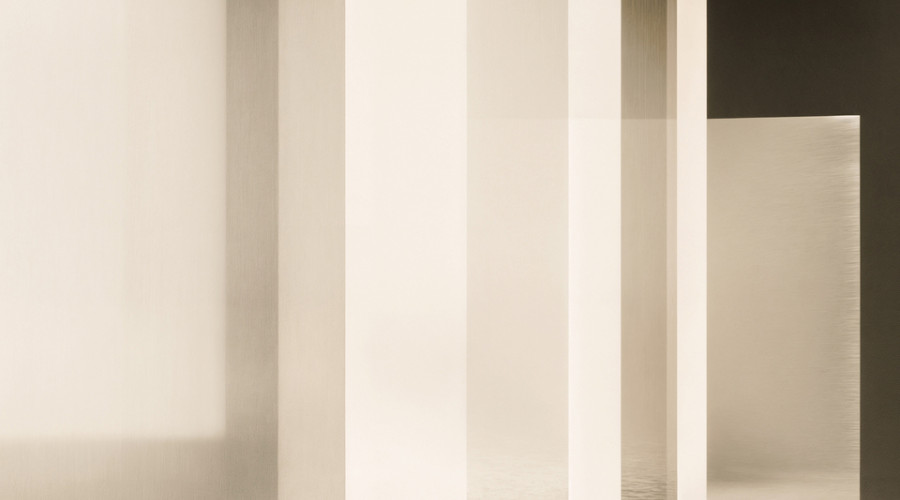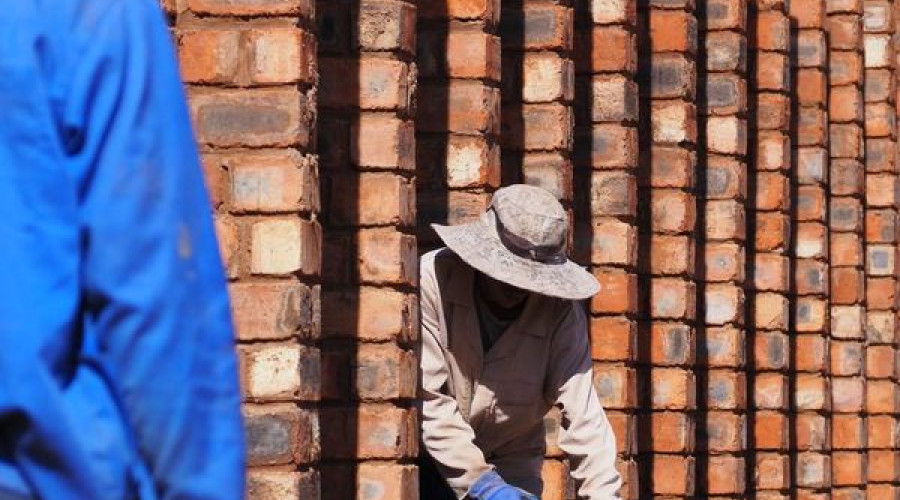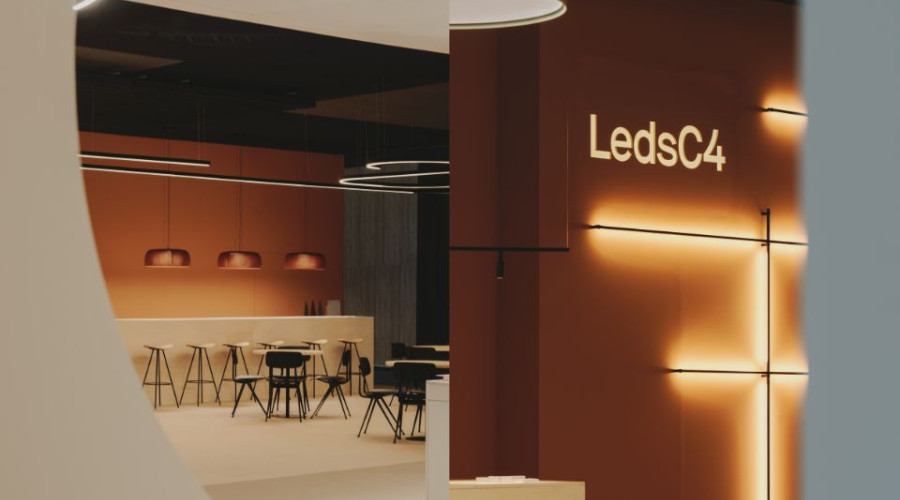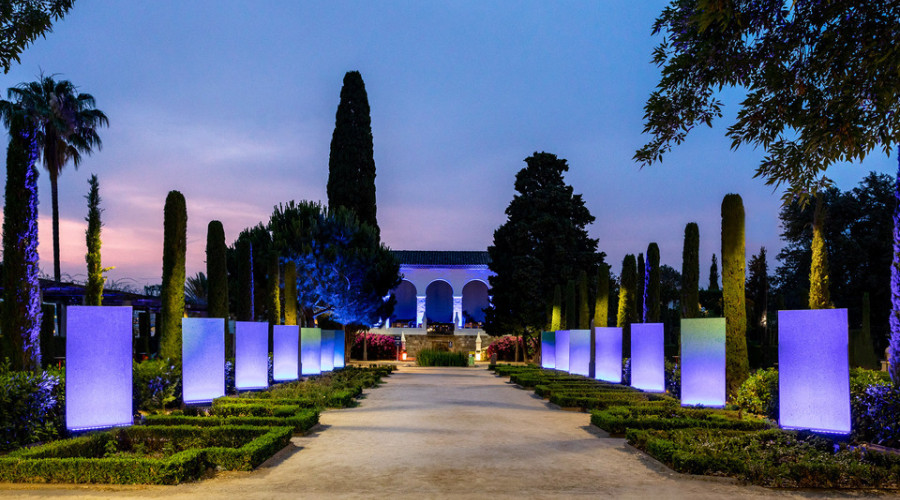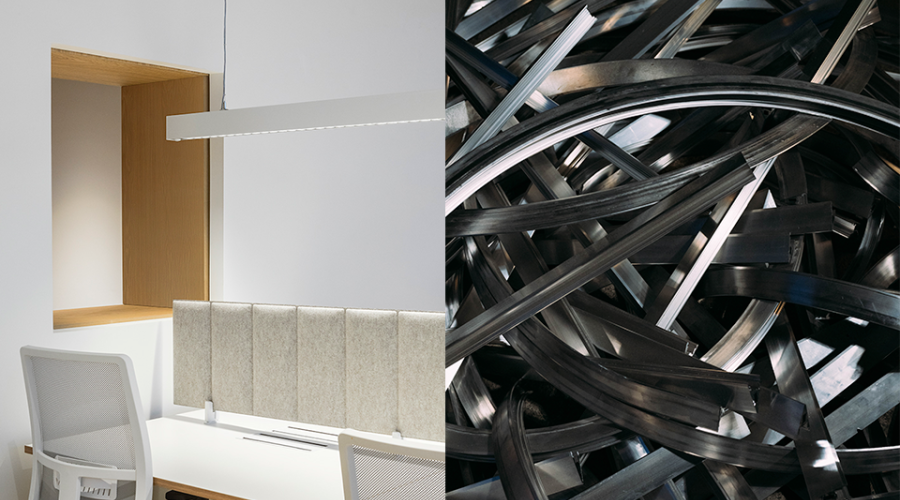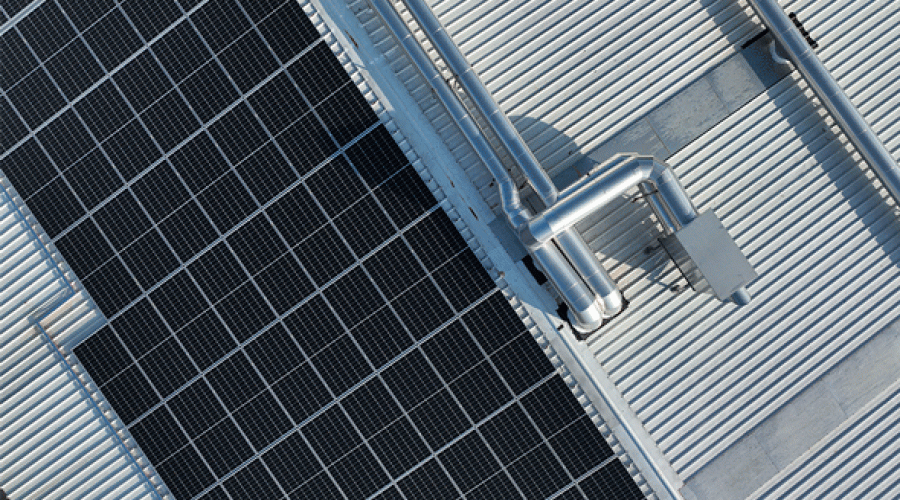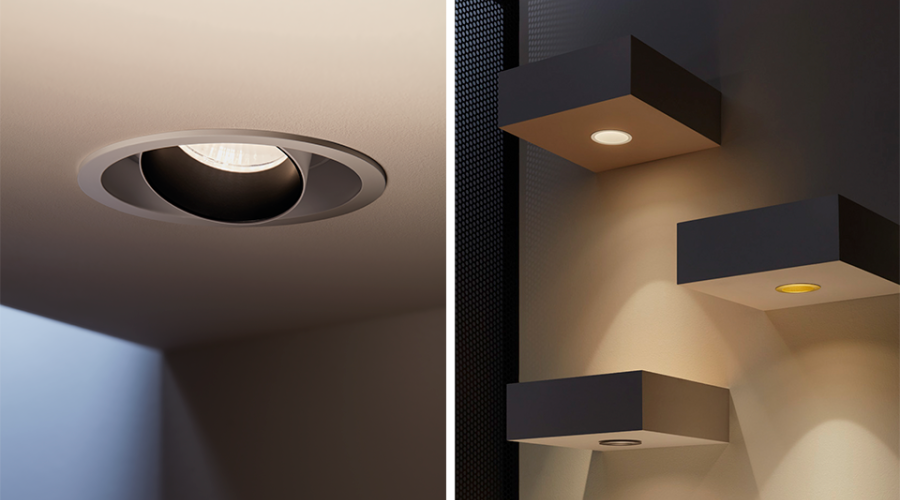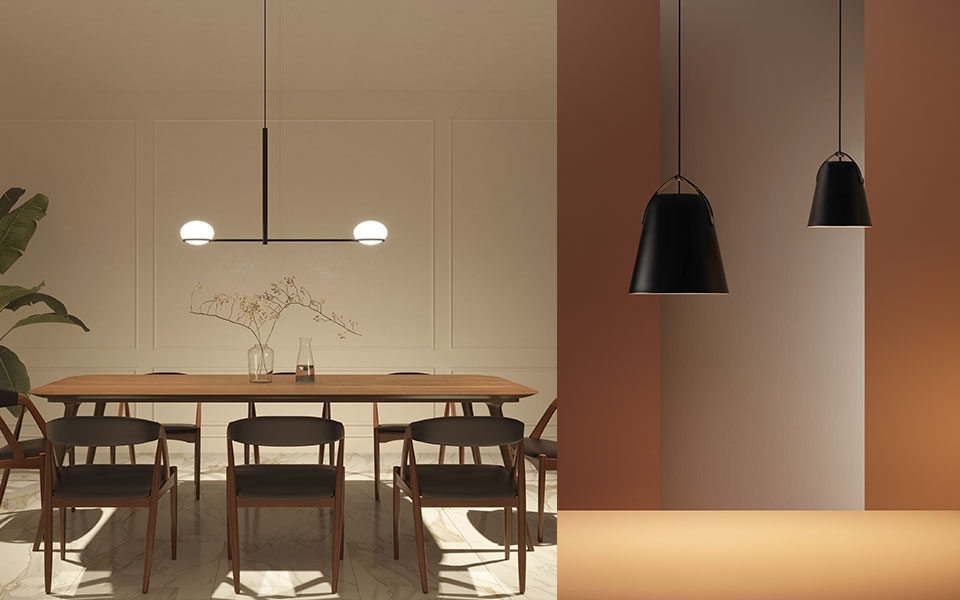
LedsC4 is launching its new Interiors Collection 2020 catalogue with Coco, one of its major lighting initiatives. Tell us a bit about the piece.
Coco is a chandelier where we basically have played with geometric shapes. We were searching for a pure structure, but at the same time we really liked the concept of balance and symmetry between the elements and the light sources. These light sources are also essential elements to the piece, as we wanted to go beyond the concept of the classic spherical globe light fixture and work on this shape to give the whole setup a softer, more organic touch.
What makes Coco special and different compared to other products currently on the market?
It is precisely this soft shape, this sense of gentleness, that makes it special for us. This, along with the light effect it generates, as it illuminates both from the top and bottom of the structure, creates some really pleasant vibes. For us, it generates a link and an emotional connection with the user.
In what kind of spaces is this piece an essential?
Coco is an individual piece, it isn’t part of a system. It is a highly suitable piece for both home settings and contract spaces where the aim is to create environments in which the lighting effect is warmer and cosier for the end consumer. I think it’s ideal for either of these options.
What inspired you to design Coco?
The inspiration for Coco came to us from images of soap bubbles. It’s an image we all have stored away in our memories and we really liked the way the highly volatile form of the bubble balances on the structure supporting it. We wanted to emulate this shape and also play around with the light effect on the top and bottom of the structure to emphasise the idea of balancing and the sense of stable instability these magical elements give us.
You have worked with LedsC4 in the past, in which pieces have you collaborated? And which light fixture are you particularly fond of?
We have been working with LedsC4 for many years. It’s a company in constant evolution and that has a very strong technical department. This is a great help for us when we are formulating projects because we know we have the resources to be able to find materials, finishes, and colours with no problem whatsoever, and this is always something to be grateful for. All the pieces we have created with them have been special for us in some way or another. To give an example, Khoi, which is a piece that generates a very special light and where we used materials such as glass and LED technology to develop the fixture.
LedsC4 is launching its new Interiors Collection 2020 catalogue with Napa, one of its major lighting initiatives. Tell us a bit about the piece.
Napa is a pendant lamp, it’s a basic, generating light through a bell-shaped shade, but in which we wanted to play around a little changing the size of the shade, adding lighter details that would precisely define the shape of this shade. We managed to make it lighter with a structure that both serves as an anchor to secure the cable of the piece and gives it a more technical-mechanical touch, adding character, while still being a very neutral piece.
What makes Napa special and different compared to other products currently on the market?
What makes Napa special is precisely this mechanical feature, this junction point between the shade and the cable, which, in addition, we have emphasised by illuminating from the top, making it the crown jewel of the piece. This element adds character and identity to a piece that otherwise would be basic. We think this is the key point that makes it stand out from other products.
In what kind of spaces is this piece an essential?
Napa is a basic, it’s a pendant lamp with very modest dimensions. This means it can be used in household settings—be it the kitchen, living room or dining room—but it’s also perfect for contract spaces such as commercial spaces, bars, cafés, etc., as it’s a very basic piece with a language that adapts to any kind of aesthetics and, furthermore, is very modern.
What materials have been used in its design?
In this case, rather than use contrasting materials, what we have done is play with finishes and use different finishes for the body of the shade and the top structure, which is what adds a touch of class to the piece, so we have experimented with this contrast between finishes.
What inspired you to design Napa?
In this case, more than a conceptual inspiration, we have searched hard to give it a character that is mechanical, technical, but, at the same time, traditional. Namely, we have looked for simple elements to suspend the basic body of the shade and, in addition, enhance them through illumination. We thought really hard about the top part to give Napa that touch of added value and character.
